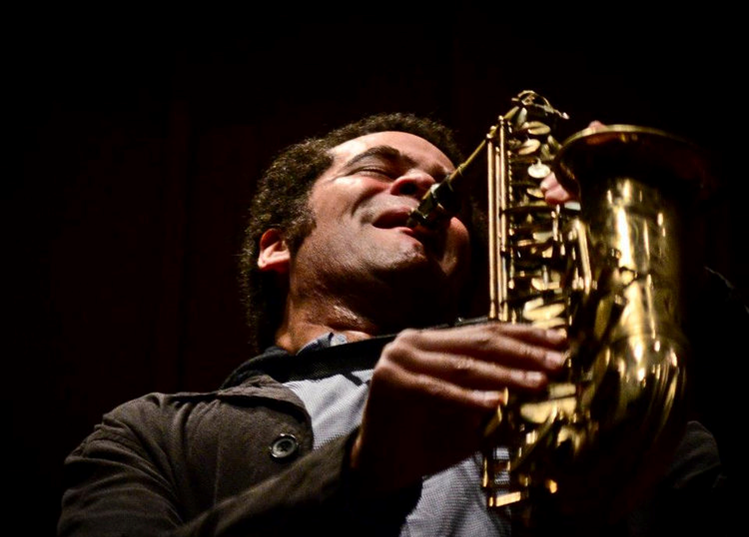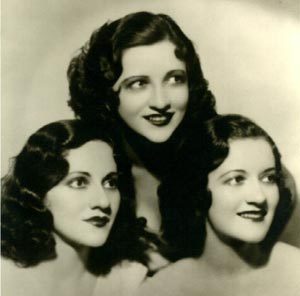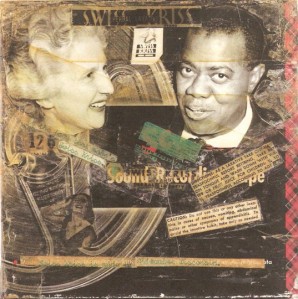
On April 15, 2017 at 4pm, Evanston Public Library will host the second concert in WNUR’s Birdhouse Jazz Series, featuring the Greg Ward Quartet. Ward has been a key figure in the Chicago jazz scene since the alto saxophonist was handpicked to run the jam sessions at the near-South Side jazz mecca The Velvet Lounge.
That handpicking was done by the club’s proprietor, tenor sax titan and mentor to many, Fred Anderson, who saw something special in Ward’s playing as well as in his ability to make community. Anderson spent much of his life in Evanston, and WNUR and EPL have named the series after an earlier jazz club that Anderson ran briefly before the Velvet Lounge. Anderson’s Birdhouse didn’t survive, but its name resonates nicely with the library, which also houses some rare free-soaring birds.
In anticipation of this Saturday’s concert, EPL librarian Ben Remsen spoke with Greg Ward about his musical background, the local scene, and more. You can learn more about Ward on his website and also stream his most recent album by visiting Greenleaf Music.
Remsen: How did you get into music as a child?
Ward: Music was always around my house due to the fact that my father and my uncle were professional musicians. My earliest memories of being involved in music are of rehearsals in the basement of my uncle’s house with the family gospel group. I was three years old and was terrified about having to sing but I am glad that I had this experience. I was always curious about music and would begin playing violin at age nine and saxophone at age ten.
When I was eleven years old, my dad showed me the Clint Eastwood film Bird which depicted certain moments in the life of saxophonist Charlie Parker. After seeing the film and hearing the amazing music that was featured in the soundtrack, I knew that I would be involved in music forever.
Remsen: What was it like running the jam sessions at the Velvet Lounge as someone still fairly new to the scene?
Ward: Running the Velvet Lounge jam session was the best graduate program that one could ask for. I learned some of the best lessons I have ever learned on Cermak and Indiana. For example: how to lead a band, how to explain ideas to other musicians, how to program an event, how to develop community, and much more. Fred Anderson was very patient with me. His investment was priceless.
Remsen: What makes the Chicago jazz scene special to you?
Ward: Growing up playing in Chicago has been an amazing experience. The city is full of incredible musicians that are really pushing and developing interesting sounds. I’m inspired by all of this creative energy and can’t wait to hear what this fertile environment produces.
Remsen: What’s the most exciting place you’ve played outside the Chicago area?
Ward: Barcelona has always been a great place to perform. People from all walks of life pack into clubs to hear what’s happening on the jazz scene. Even jam sessions are packed before they begin. I’ve spent a lot of time there, and I’m always surprised at how well this music is received.
Remsen: Have you ever played in Evanston before?
Ward: Over the years, I’ve played in Evanston many times. Most recently, I performed with Lucy Smith for her CD release concert at Studio 5. It’s great to perform in the different areas of Chicagoland because you get to meet a lot of people that don’t necessarily hang out at the jazz clubs in the city.
Remsen: What should we expect on April 15th?
Ward: This band is a relatively new group, and I don’t know how to describe it yet. I would have to say that audience members should come to the concert ready to go on a journey. The music will be dynamic, intense, and fluid.





